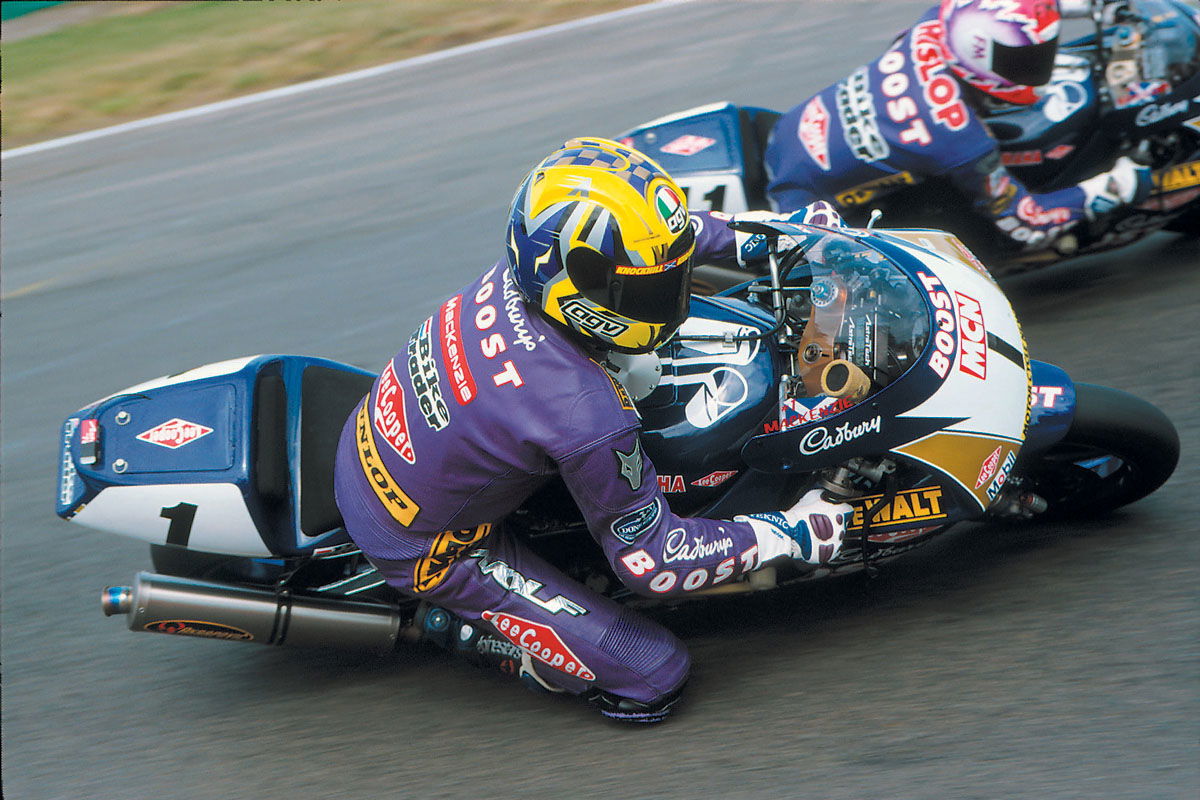How to Overtake Safely
The chances are your motorbike is the fastest thing on the road, so you'll need to know how to overtake safely


With the acceleration of a supercar and less than a quarter of the road profile, overtaking on a motorcycle is easy peasy. It's a way of motorcycling life: during an average car journey you'll be lucky to get a single overtaking opportunity; on a motorcycle you'll have plenty. It's what gets you to work on time everyday, without fail - regardless of traffic.
Well, unless things go wrong. And on a motorcycle, when things go wrong, they go very, very wrong. Hit a moving obstacle head-on and the speed of impact = speed of oncoming vehicle + speed of your motorcycle. So if the car's travelling at 60mph and you're doing 80mph, you'll be meeting at 140mph. Unprotected. But a lot of the time it's the very machine you're overtaking that sends both you and your bike into orbit.
The good news is that staying in one piece doesn't have to mean sitting behind a slow coach with the four-wheeled crowd. After all, plods on bikes engage in high-speed overtaking pursuits all the time with few accidents to write home about. They preach the art of road positioning, observation and interpretation, from the Motorcycle Roadcraft Police Rider's Handbook. To be fair, this has as much shite advice as good advice in it - and the best police riders take information from all sources, not just one book.
We've gathered our advice from one of the good 'uns: Thames Valley Police's Gary Baldwin, who also heads up advanced riding school Rapid Training. "Overtakes don't just happen, they are planned," explains Gary. "And that planning starts the moment a vehicle appears in front of you."
There are different kinds of overtaking situations: for example if you are catching a vehicle on an empty, open road with a clear view ahead, it may be safe to approach and overtake in one continuous manoeuvre. In this case, you position yourself to the offside (to the right in the UK) to overtake the vehicle ahead, adjust your speed, select the most responsive gear for the speed, accelerate and once the overtake is complete, decelerate smoothly to slip into the gap you identified BEFORE you pulled out.
Keep it clean and fluid - never force other road users to alter their course or speed. And try to leave at least a car door space between you and the vehicle you're passing as it could swerve or, as Gary puts it:
"If you're constipated, the sight of the driver's door blocking your path is an effective cure!"
But where hazards and obscured views prevail, you will need to follow the vehicle you're looking to overtake until it is safe to go. "We must put ourselves in a position where we can see," says Gary. "Don't get too close to the vehicle in front or you end up closing your view. Look up the inside if necessary - if the road goes slightly to the left, that's where the view is." Look through the vehicle's windscreen if this increases your field of vision.
There is no prescribed distance to this following position; it's simply the closest position to the vehicle in front that gives an adequate view of the road ahead. And never overtake where your view is obscured, for instance on a blind bend or brow of hill. So what dangers are we looking for?
"Check for any form of junction, entrance or lay-by either side of the vehicle in front," says Gary. Getting T-boned by the car you're about to overtake turning right into a junction is the oldest 'off' in the book, and even if you can prove the driver wasn't indicating or looking you'll still be held partly liable. Or a vehicle may pull out of a nearside (in the UK that's to your left) junction in front of the vehicle you're overtaking; both yours and his views will be obscured and it's another guaranteed T-bone.
Be aware where there's a box or chevrons in the middle of the road for oncoming traffic to wait before turning into a nearside junction. A vehicle may decide to use it just as you decide to go for your overtake and accelerate to cross it. Ouch. In the case of a lay-by either side of the road, a car may pull out suddenly and obstruct your route. Overtaking safely is a question of being aware of the potential danger scenarios, interpreting correctly what's going on around you and acting accordingly. "With the amount of performance that we have on tap," says Gary, "is waiting 10 metres to clear a junction such a big deal?"
Continue

